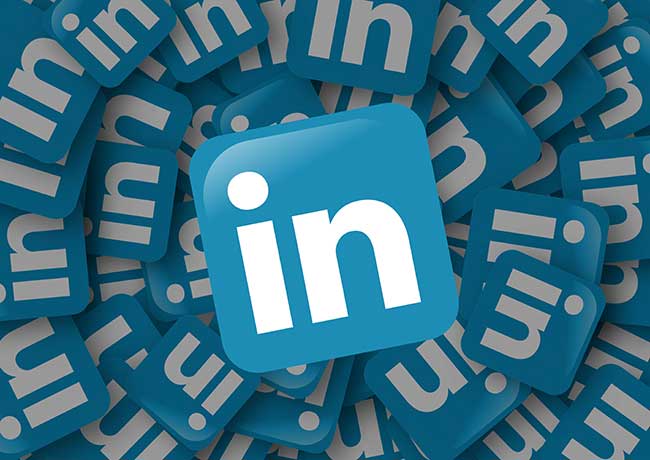May. 1, 2018

Social media is a principal communications tool, connecting billions of people worldwide across various platforms. To remain powerful, effective, and beneficial within such a large assembly, social media accounts must be used regularly, strategically, and methodically.
Some platforms, such as Facebook and Twitter, tend to be more casually social with their connections and content, while others such as LinkedIn emphasize business and industry.
LinkedIn has become effective for business-focused subject matter and messages. There are currently about 500 million LinkedIn members — just over 60 million of those are senior-level influencers and 40 million are decision-makers. Nearly 60 percent of marketers generate leads via this platform. A survey of B2B companies by Oktopost, a social media marketing firm, found that just over 80 percent of sales leads are generated through LinkedIn, while Twitter and Facebook generate just 13 percent and 7 percent, respectively, of business and sales leads.
“As the number of social media users worldwide continues to grow, companies increasingly will find that social networking influences their revenue and sales,” said Kristen Herhold, content developer and marketer at Clutch, a B2B ratings and reviews firm.
Companies often use social media with the objective of becoming an authority in their respective industry, and doing so requires strategy in developing and sharing the most relevant, intriguing, and effective content. It’s also important to determine which LinkedIn members and groups fit the company’s target audience.
Posts allow companies to get important information out in a simple way that also can be engaging; adding photos gets such posts noticed right away. Citing other relevant LinkedIn members in posts is another way of engaging broad audiences, as is sharing news and information they post that is relevant to company objectives.
“Mentioning relevant members or company pages in your LinkedIn updates is a simple yet effective trick for maximizing content engagement,” said Ben Green, director of operations at Oktopost, in a piece about effective use of LinkedIn. “Doing so not only notifies the mentioned parties, it also gets the immediate attention of their community and the community of their community. Like a domino effect.”
Specs and other details about new (and existing) products also are topics that can benefit from LinkedIn, as they can simultaneously reach a large amount of potential and long-standing customers. LinkedIn allows B2B companies to showcase this type of information, in addition to their expertise and skills.
Videos are becoming more popular on LinkedIn, as the world’s go-go-go pace continues to accelerate. Engaging and direct content — company information, product launches, and tutorials, among others — gets the message out quickly and, ideally, in less time than it would take to learn that content by reading it.
Posting on LinkedIn group pages that are created by companies, organizations, and others that focus on specific topics is an effective way to reach targeted audiences. LinkedIn Pulse is another tool for marketers. It allows members to self-publish articles about their expertise, insight, and interests. Such articles are included in the company’s or individual’s professional profile, shared in followers’ news feeds and group pages, and distributed via users’ LinkedIn email digests.
Regularly updating and sharing content via these options in a LinkedIn account is crucial. Consider the target audience and make alterations and renovations as necessary.
“It’s time to rethink your LinkedIn content,” said Octopost’s Green. “Whether it’s summarizing your articles, creating snappy videos, or incorporating emojis, there are plenty of industry-changing possibilities to drive your message home, without compromising engagement.”